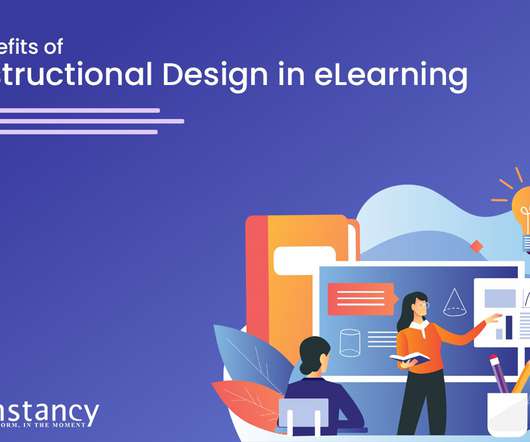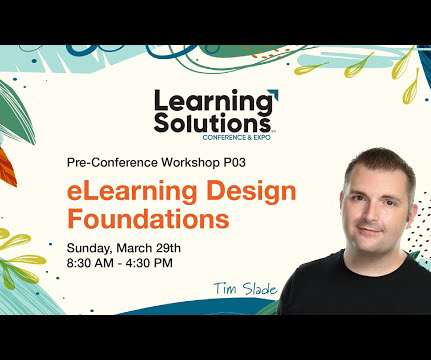Best Practices to Ensure Successful Custom e-Learning Development
Infopro Learning
MAY 19, 2022
Find your niche through market analysis. Market analysis is one of the best ways to learn about the market situation, top e-learning companies, their work, and your major competitors. The data collected through market analysis will allow you to document detailed strategies for e-learning development. Conclusion.




















































Let's personalize your content